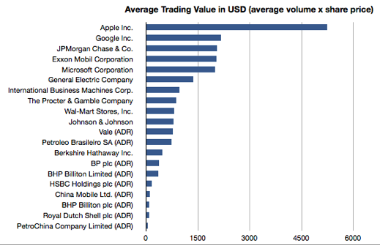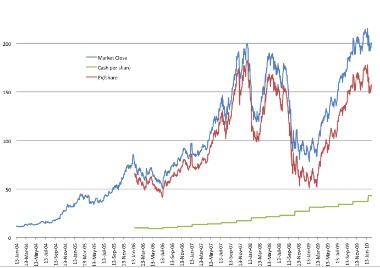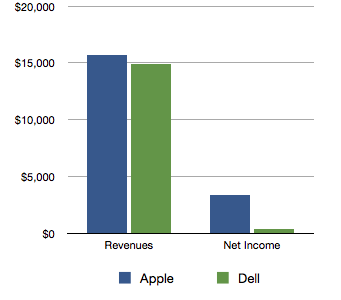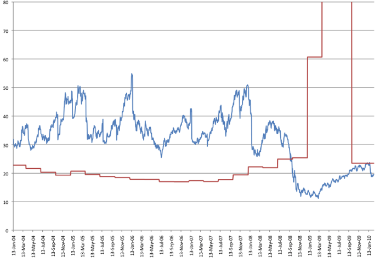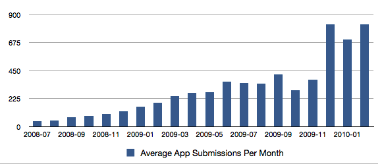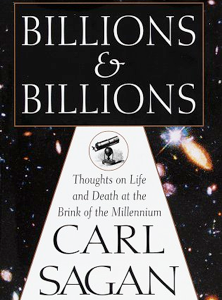 A devastating exposé on the incompatibility of Flash content with touchscreens.
A devastating exposé on the incompatibility of Flash content with touchscreens.
Many (if not most) current Flash games, menus, and even video players require a visible mouse pointer. They are coded to rely on the difference between hovering over something (mouseover) vs. actually clicking. This distinction is not rare. It’s pervasive, fundamental to interactive design, and vital to the basic use of Flash content. New Flash content designed just for touchscreens can be done, but people want existing Flash sites to work. All of them—not just some here and there—and in a usable manner. That’s impossible no matter what.
The author, a Flash developers, goes on to describe how none of the work-arounds will solve the problem.
The implication is that Flash has evolved around an obsolete input method and it can no longer adapt to what is rapidly becoming the de-facto interaction method of hundreds of millions of mobile computing users.

